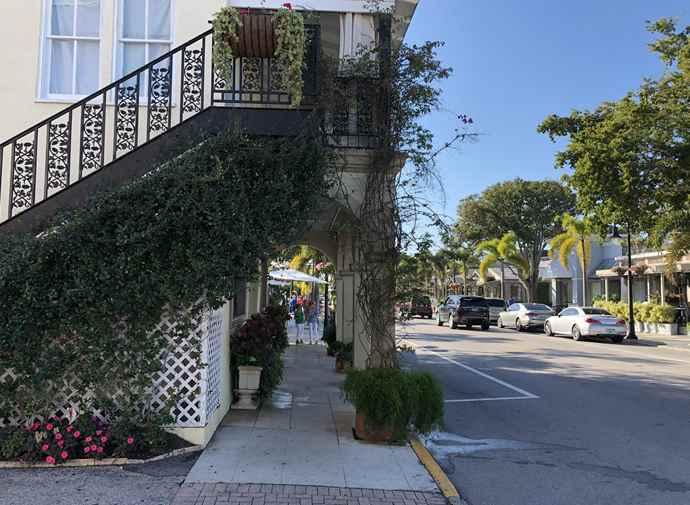Here is a photo of a storefront on Naples, Fla.’s 3rd Street that extends over the sidewalk to the edge of the street — reminiscent of many buildings in New Orleans’ French Quarter. The addition of columns, archways and covered sidewalk creates visual interest, provides a variable experience for pedestrians along 3rd Street, and allows the property owner to gain a few dozen square feet of space on the second floor of his building.
To my mind, it’s all gain, no pain. There is no downside to this configuration. Yet I don’t recall seeing anything like this anywhere in Virginia. Why would that be? Could it be that local zoning codes prohibit it? Could it be that our public officials who write and vote upon our zoning ordinances have no imagination?
Static zoning codes are the enemy of creativity, innovation and evolution of the urban form.


Leave a Reply
You must be logged in to post a comment.